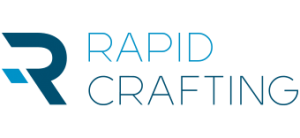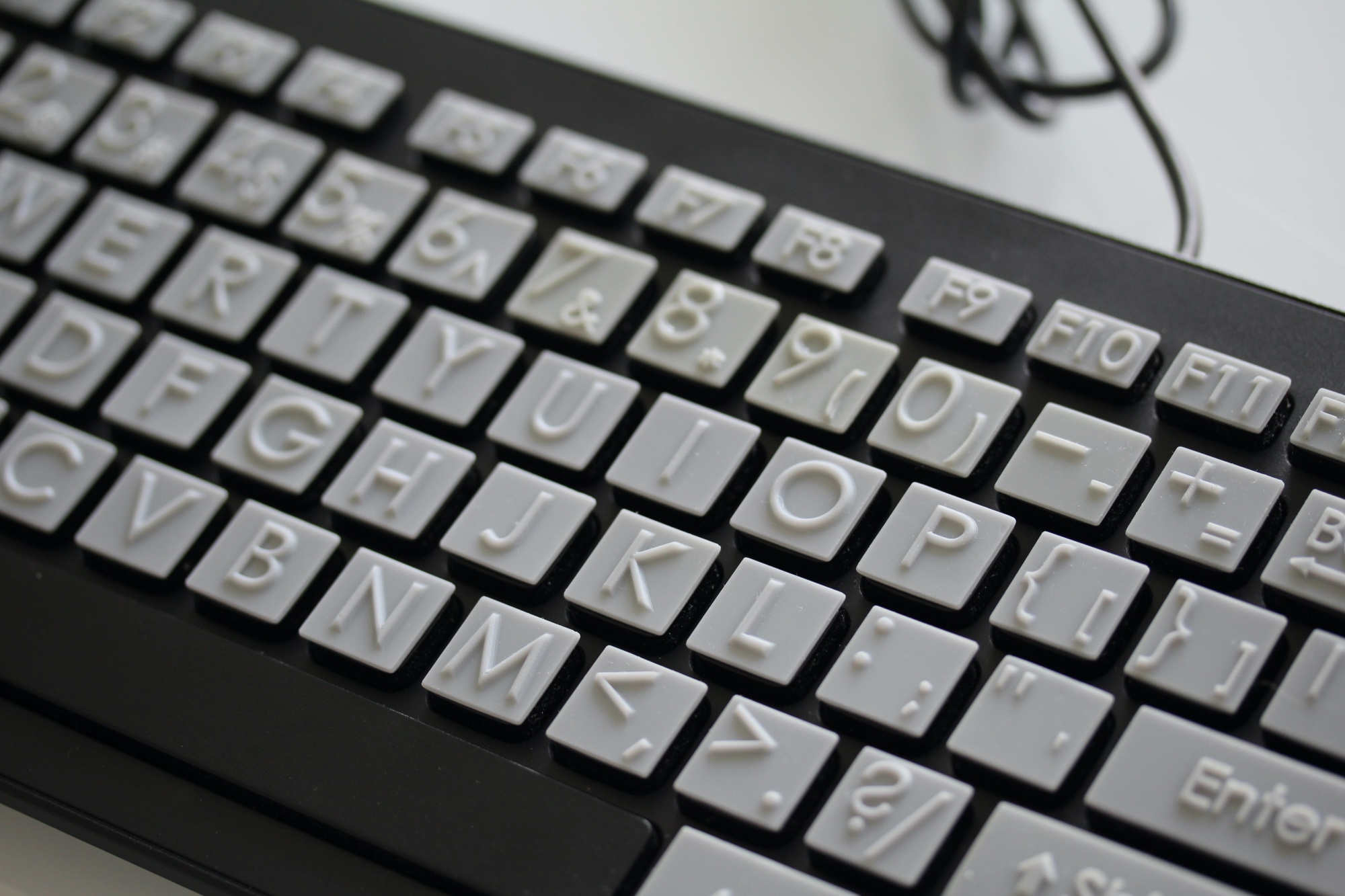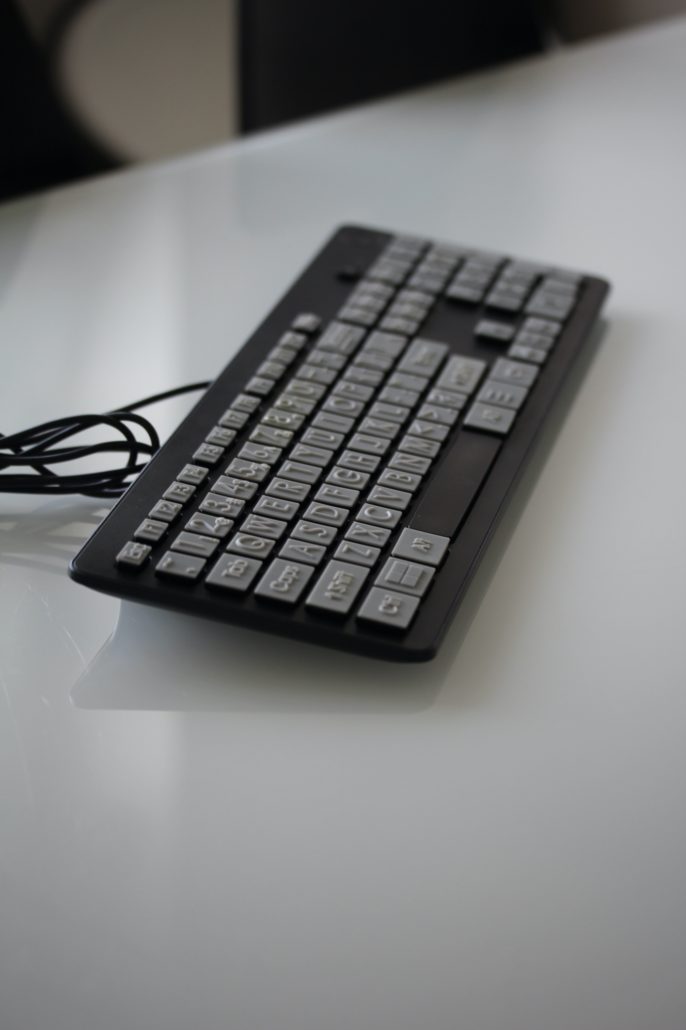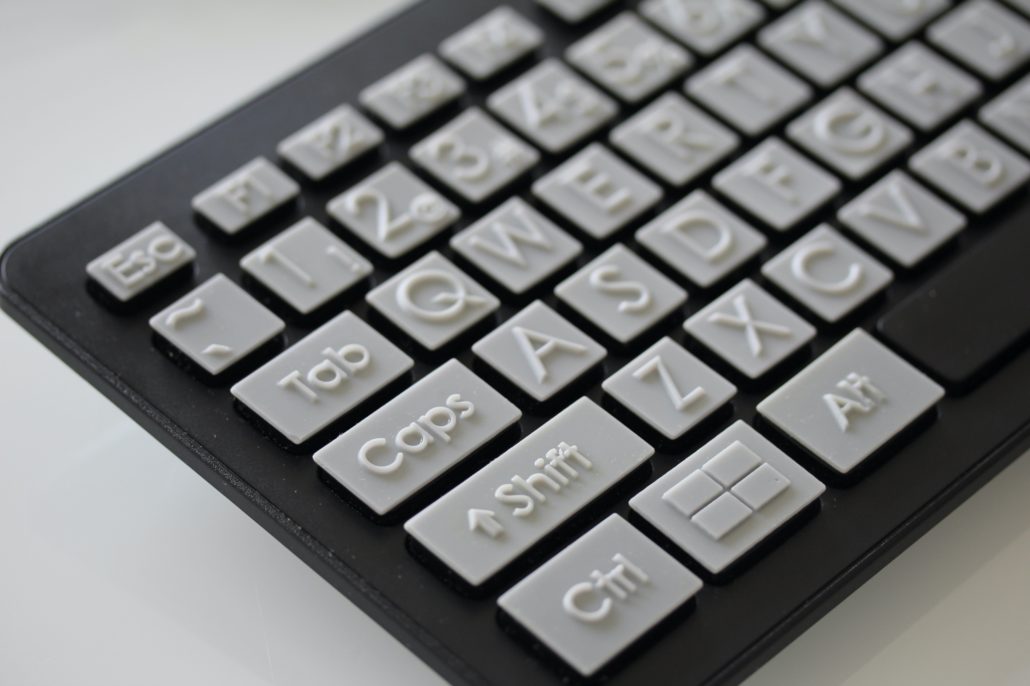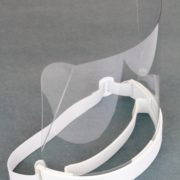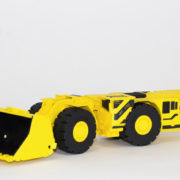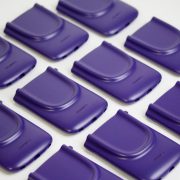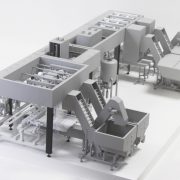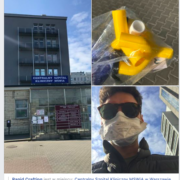Nowadays, more and more things can be done over the Internet. From everyday shopping to making appointments for doctors. During the coronavirus pandemic, even more emphasis is placed on non-contact communication and the use of the Internet.
This can be a problem for the elderly people, for whom using a computer is not only a necessity to acquire new skills, but also a barrier like a poor eyesight. The information displayed on the screen can always be magnified, but the problem is that text can be entered into the computer using a keyboard, which are produced in a certain standard size, often too small for the visually impaired.
An elderly lady came to us with this problem. She wasn’t a stranger to the computer, however, due to visual problems she was not able to use the keyboard efficiently. She asked us to design and prepare a dedicated keyboard with convex keys so that she could feel the shape of the sign under her fingers.
We started the design process by finding a suitable keyboard, the keys of which would be flat, which would allow to stick a 3D printed overlay on each of them. The mark should be well felt under the finger and at the same time have rounded edges for greater convenience of use. We were limited by the size of a single key, the mark placed on it should take up most of its surface. In this case we decided to 3D print in DLP technology, in which UV light passing through the high-resolution screen hardens in layers a special resin with properties similar to those of ABS. The result is a 3D printout with high dimensional accuracy, high detail and high surface smoothness which perfectly matches the requirements of this project.
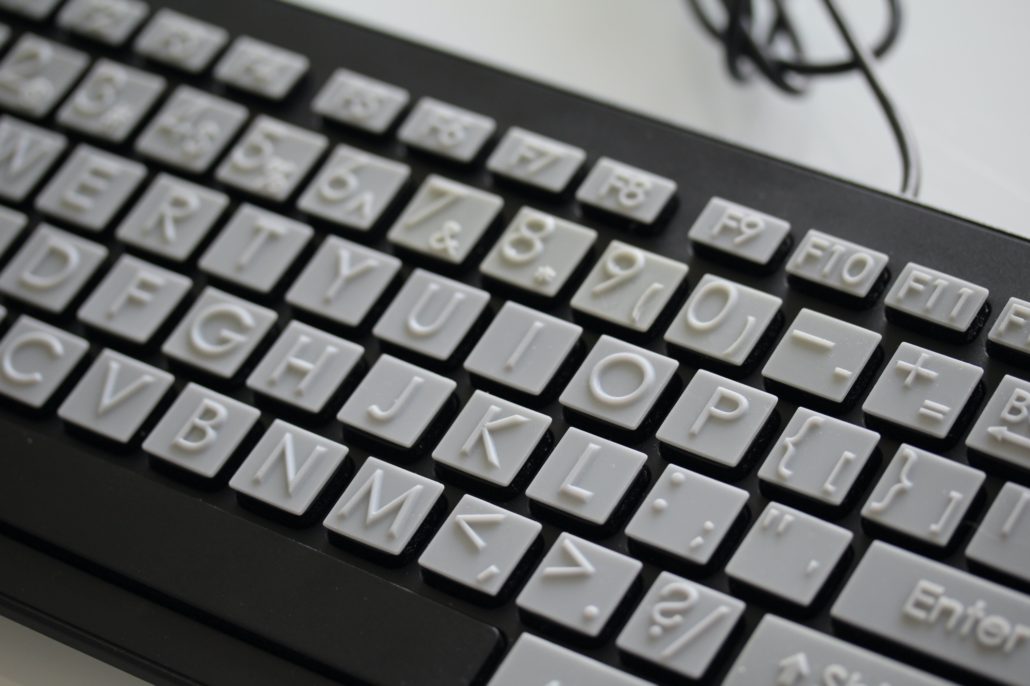
In the initial phase, we made several test keys with characters of different sizes and thicknesses, and then sent them to the client so that she could judge for herself which one would be most convenient to use.
After approval, we started the main part of the project. Letters and characters were made in the simplest font to make them easier to read. Each overlay was no more than 3 mm high so printing took only a few minutes despite a very thin layer of 3D printing (0.05 mm). Each 3D printout was cleaned in an isopropyl alcohol bath and then finally cured under strong UV lamps.
The last step was to stick overlays on the appropriate keys and send the modified keyboard to the client, who can now use the Internet facilities without problems.
